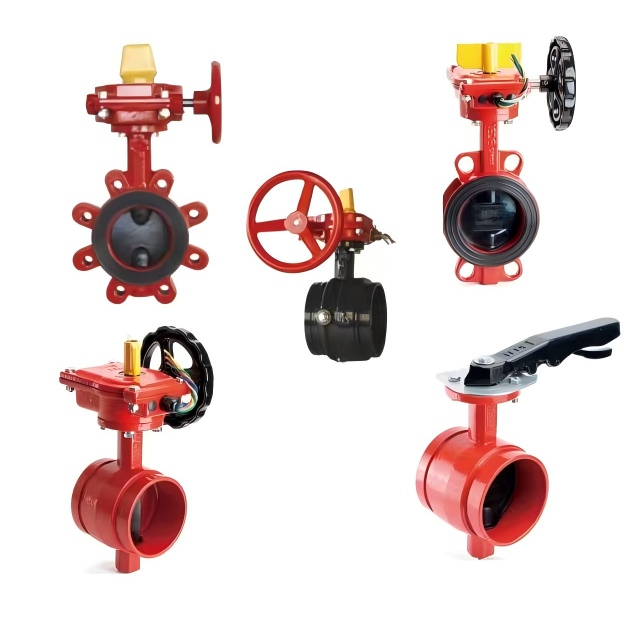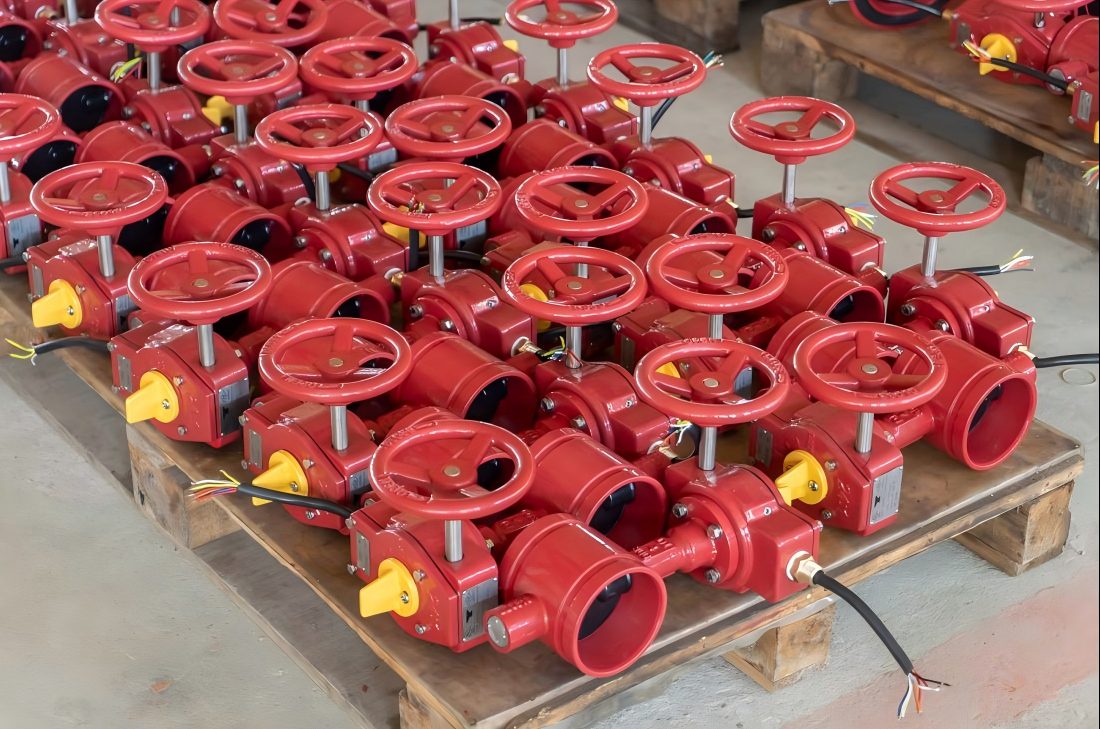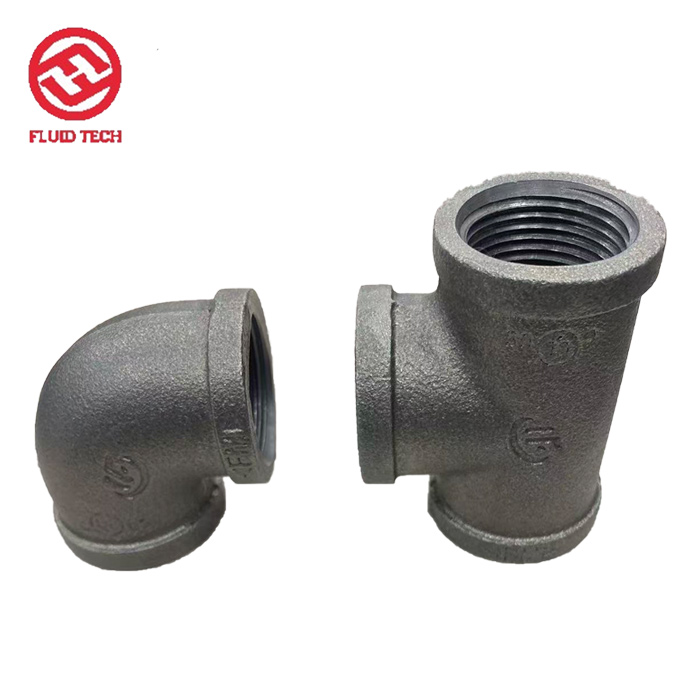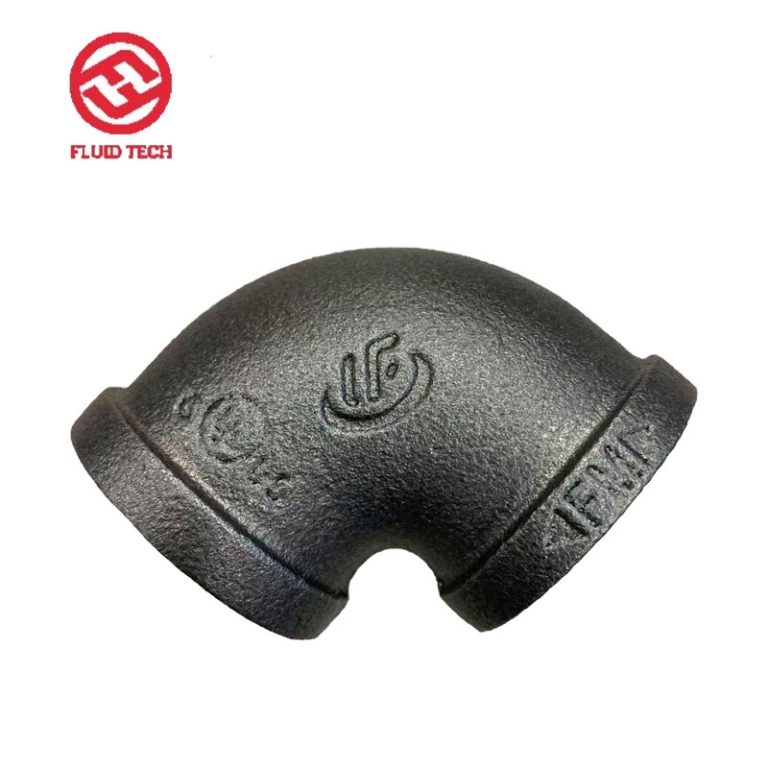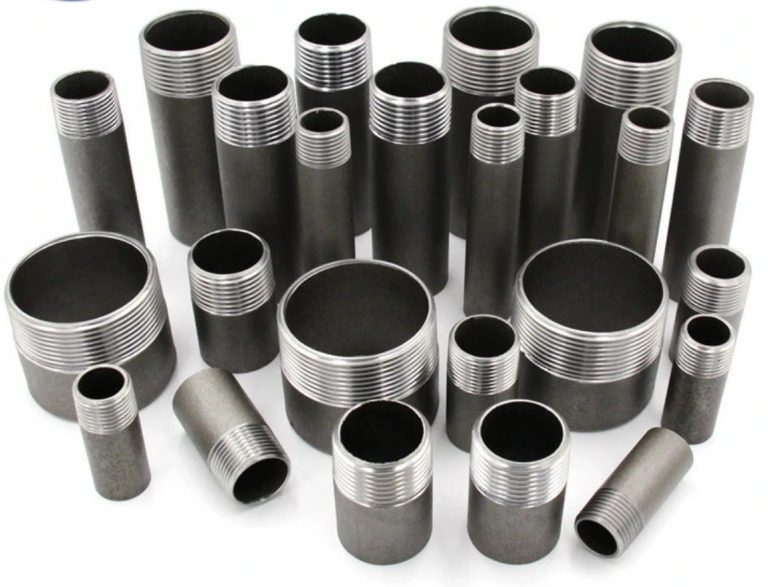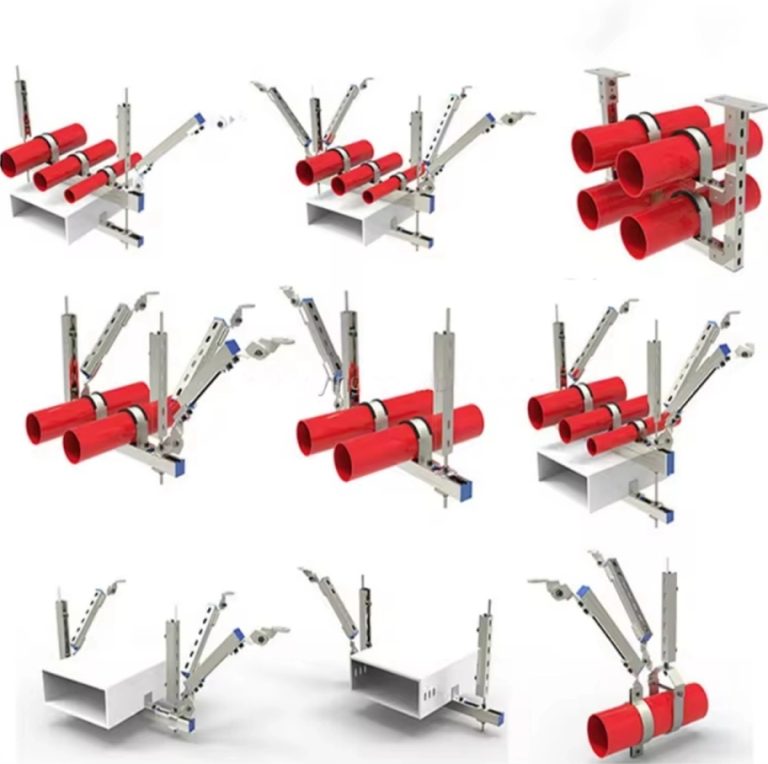Hey there, if you’re knee-deep in systèmes de protection contre les incendies—like a building engineer, a safety inspector, or just someone who’s got to make sure the sprinklers kick in when they should—this one’s for you. Butterfly valves are those unsung heroes in fire suppression setups. They’re simple, compact, and get the job done controlling water flow. But let’s be real: when they fail, it’s not just a headache; it could mean the difference between a contained fire and a total disaster. I’ve talked to folks in the field who’ve seen valves give out at the worst times, and trust me, it’s not pretty.
In this post, we’re diving into the five most common failures of butterfly valves in fire systems. We’ll break down why they happen, throw in some real-world examples, and most importantly, share practical tips on how to dodge these pitfalls. Think of it as your cheat sheet to keeping things running smooth. By the end, you’ll have a better grip on spotting trouble early and picking the right gear for the job.
Understanding Butterfly Valves in Fire Protection
Before we jump into the failures, let’s quickly cover the basics—because not everyone’s a valve expert, right? Butterfly valves work by rotating a disc inside the pipe to open or close the flow. In fire systems, they’re often used in sprinkler lines, hydrants, and main water supplies. They’re popular because they’re lightweight, easy to install, and don’t take up much space compared to gate valves.
But here’s the thing: in high-stakes environments like airports or high-rise towers, these valves have to handle pressure, temperature swings, and sometimes even seismic activity. Take the Red Sea International Airport project in Saudi Arabia—valves there had to deal with extreme heat and dust, all while meeting strict safety codes. If you’re specifying valves for a similar setup, you want ones with certifications like UL Listed or FM Approved to ensure they hold up.
Now, failures aren’t random. They usually stem from poor installation, skimpy maintenance, or just plain old wear and tear. Let’s get into the top five.
Failure 1: Leakage Around the Seal
Leakage is probably the most talked-about issue with butterfly valves in fire systems. Picture this: a slow drip that turns into a steady stream, wasting water and potentially weakening the system’s pressure when you need it most.
What Causes Leakage?
It often boils down to worn-out seals or improper seating of the disc. Over time, the rubber or EPDM lining degrades from constant exposure to water chemicals or temperature changes. I’ve seen cases in older buildings where valves sat idle for years, and the seals dried out, cracking under pressure during a test. Another culprit? Misalignment during installation—maybe the pipe flanges weren’t perfectly matched, causing uneven stress.
In one Nigerian high-rise project I heard about, like the Kingsway Tower, initial leaks popped up because the valves weren’t rated for the local water quality, which had higher mineral content leading to buildup.
How to Prevent It
Start with quality materials. Go for valves with FBE (fusion-bonded epoxy) coating, like those meeting AWWA C550 standards, to fight corrosion. Regular inspections are key—check seals every six months or so, especially in harsh environments.
- Tip:During installation, torque the bolts evenly. Use a star pattern to avoid warping the body.
- Pro Move:Opt for tamper-switch equipped valves; they not only monitor position but can alert you to partial closures that might cause leaks.
Data from FM Global shows that proper sealing can cut failure rates by up to 30%. And yeah, it’s worth the extra check—better safe than soggy.
Failure 2: Corrosion and Material Degradation
Corrosion sneaks up on you. One day the valve looks fine; next, it’s pitted and weak, especially in systems with brackish water or coastal areas.
Why Does Corrosion Happen?
Butterfly valves are often made from ductile iron or malleable iron, which is tough but not invincible. Exposure to oxygen, moisture, or aggressive chemicals eats away at the surface. In fire systems, stagnant water in standby lines accelerates this—think bacteria or sediment buildup.
I recall a Cyprus university building, similar to the CIU Nicosia project, where valves corroded faster due to humid Mediterranean air. Without protective coatings, the internals rusted, leading to stuck discs.
Prevention Strategies
Coat ’em up. Look for valves with internal and external FBE coatings—they resist rust like a champ. Also, match the material to your environment: for salty conditions, consider stainless steel discs.
Here’s a quick comparison table of common materials and their corrosion resistance:
| Matériel | Résistance à la corrosion | Mieux pour | Drawbacks |
| Fonte ductile | Moyen | General fire systems | Needs coating |
| Acier inoxydable | Haut | Coastal or chemical areas | Higher cost |
| Bronze | Good | Water with minerals | Less strength |
Flush the system periodically to clear debris. And don’t forget cathodic protection in extreme cases—it’s overkill for most, but in industrial setups, it pays off.
Speaking of which, I once chatted with a contractor who skipped the coating on a budget job. Big mistake—ended up replacing half the valves after two years. Lesson learned: penny-wise, pound-foolish.
Failure 3: Operational Jams or Sticking
Nothing’s more frustrating than a valve that won’t budge when you try to operate it. In fire systems, this could delay response times critically.
Common Triggers for Jamming
Debris buildup is a big one—particles from pipes lodge in the disc mechanism. Or, if the valve’s not exercised regularly, the stem seizes up from lack of lubrication. High-pressure surges can also bend the disc slightly, making it stick.
In seismic-prone areas, like some Middle Eastern sites, vibrations from minor quakes misalign components. I’ve seen reports where valves jammed post-earthquake simulation tests because the bracing wasn’t up to snuff.
Ways to Keep It Moving
Exercise the valves quarterly—open and close them fully to prevent seizing. Lubricate stems as per manufacturer specs, but don’t overdo it; too much grease attracts dirt.
- Installation Hack:Use grooved connections for easier alignment and flexibility during shakes.
- Monitoring:Tamper switches aren’t just for security; they signal if the valve’s not fully open or closed.
Industry stats from NFPA indicate that regular operation reduces jam risks by 40%. It’s simple stuff, but it works.
Failure 4: Pressure Loss or Drop
When a butterfly valve causes unexpected pressure drops, your whole fire system suffers—sprinklers might not activate properly, or hydrants could sputter.
Root Causes of Pressure Issues
Often, it’s undersized valves or ones not rated for the system’s working pressure. For instance, a PN16 valve in a 300 PSI setup? Recipe for trouble. Cavitation from high velocities erodes the disc edges too.
In airport fire systems, like the one at Red Sea International, pressure consistency is non-negotiable for long runs of pipe.
How to Avoid Pressure Problems
Size right from the start. Check the valve’s CV (flow coefficient) against your system’s demands. Use tools like flow calculators—don’t guess.
For high-pressure apps, pick valves tested to 363 PSI, with UL/FM stamps. And install pressure gauges upstream and downstream to monitor drops early.
A quick bullet on checks:
- Verify connections: Flanged or grooved? Ensure they match pipe OD.
- Test under load: Simulate fire conditions during commissioning.
I’ve tinkered with systems where a simple upsizing fixed chronic drops. Feels good when it clicks.
Failure 5: Installation Errors Leading to Early Failure
Yeah, sometimes it’s not the valve—it’s how it’s put in. Wrong orientation or mismatched components doom it from day one.
Typical Installation Pitfalls
Mounting upside down lets debris settle on the seal. Or bolting too tight warps the body. In threaded types, cross-threading strips the connections.
One story from a Nigerian tower install: rushed crew skipped alignment, leading to vibrations and early wear.
Best Practices for Solid Installation
Follow the manual—sounds basic, but half the issues I see stem from skipping it. Use level tools for orientation.
- Team Training:Certify installers on standards like EN 593 or UL 1091.
- Post-Install Check:Hydrostatic test at 1.5x working pressure.
Prevents 50% of early failures, per industry audits. Worth the time.
Introducing Fluid Tech as Your Butterfly Valve Supplier
If you’re hunting for reliable butterfly valves that sidestep these failures, check out Fluid Tech Piping Systems. Based in Tianjin, China, they’re pros in fire protection gear, offering UL Listed and FM Approved options like wafer, lugged wafer, and grooved butterfly valves with tamper switches. Their stuff comes with robust FBE coatings, handles pressures up to 363 PSI, and fits seamlessly into global projects—from Nigerian towers to Saudi airports. They’ve got the certifications (CE, LPCB, VDS) and a track record with over 100 construction firms worldwide. Plus, their one-stop service means quality control from raw materials to shipment, including third-party inspections. If safety and savings matter, they’re worth a look.
Conclusion
Wrapping this up, butterfly valves are vital in fire systems, but those five common failures—leakage, corrosion, jamming, pressure drops, and installation goofs—can trip you up if ignored. By picking certified products, staying on top of maintenance, and installing smart, you keep risks low and systems ready. It’s not rocket science, just solid habits that save lives and property. Next time you’re spec’ing a system, think prevention first.
FAQ
What are the 5 common failures of butterfly valves in fire systems?
The top ones include seal leakage from wear, corrosion degrading materials, operational jamming due to debris, pressure losses from undersizing, and early failures tied to poor installation. Each can be spotted early with routine checks.
How can I prevent leakage in butterfly valves used in fire systems?
Choose valves with durable seals and FBE coatings, inspect regularly, and ensure proper torque during setup. Tamper switches help monitor for incomplete closures too.
Are there specific certifications to look for in butterfly valves for fire systems to avoid failures?
Absolutely—go for UL Listed, FM Approved, or CE marks. They ensure the valve’s tested for pressure and durability, cutting down on common issues like corrosion or pressure drops.
What’s the best way to handle jamming in butterfly valves within fire protection setups?
Exercise them quarterly, lubricate stems sparingly, and use grooved types for flexibility. In seismic areas, pair with bracing systems to prevent misalignment.
How does proper installation prevent common failures in butterfly valves for fire systems?
It avoids warping, misalignment, and debris traps. Follow standards like EN 593, test hydrostatically, and train your team—simple steps that dodge big headaches later.

